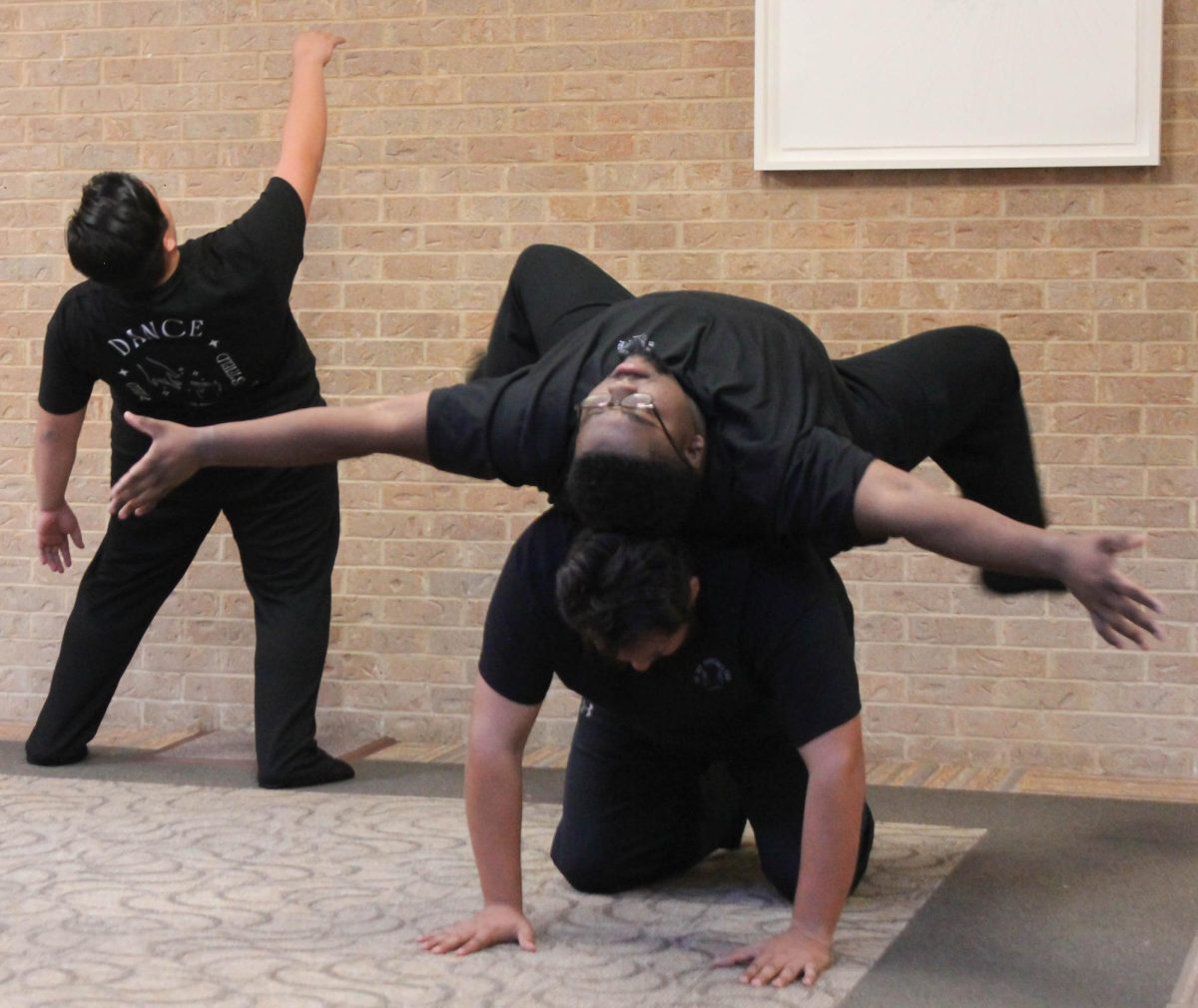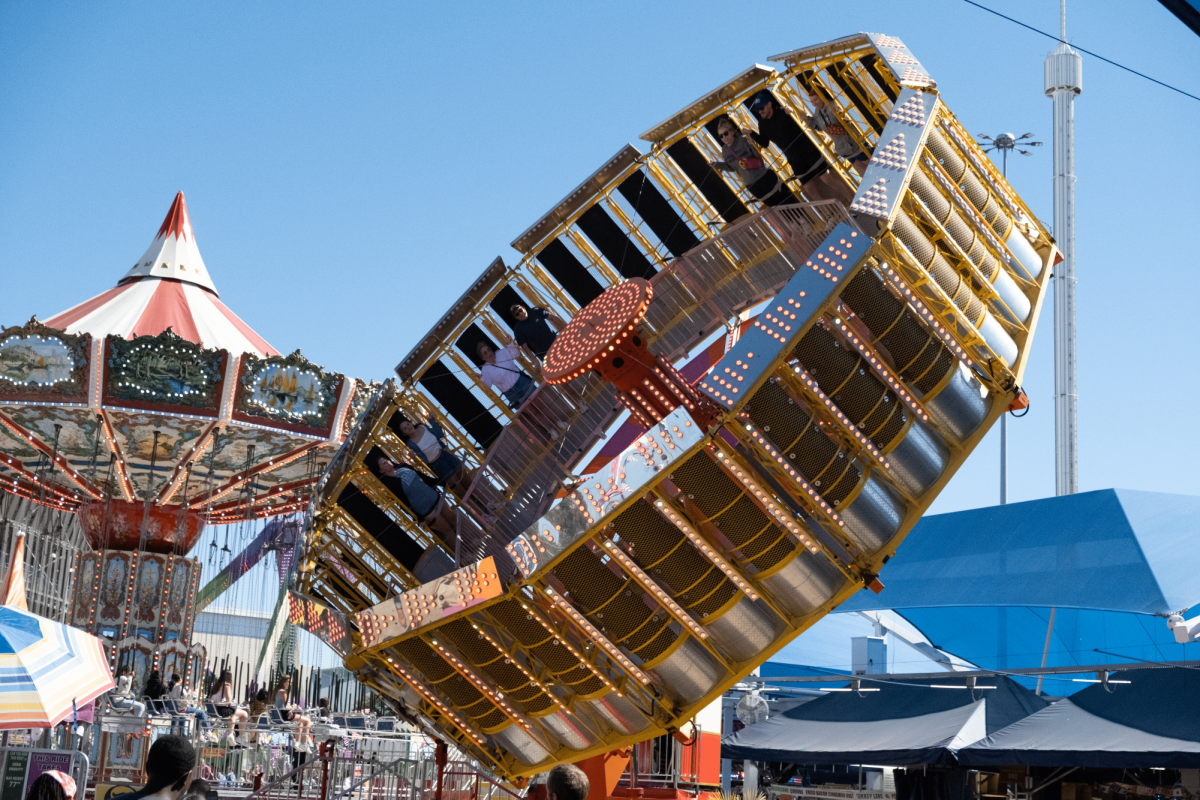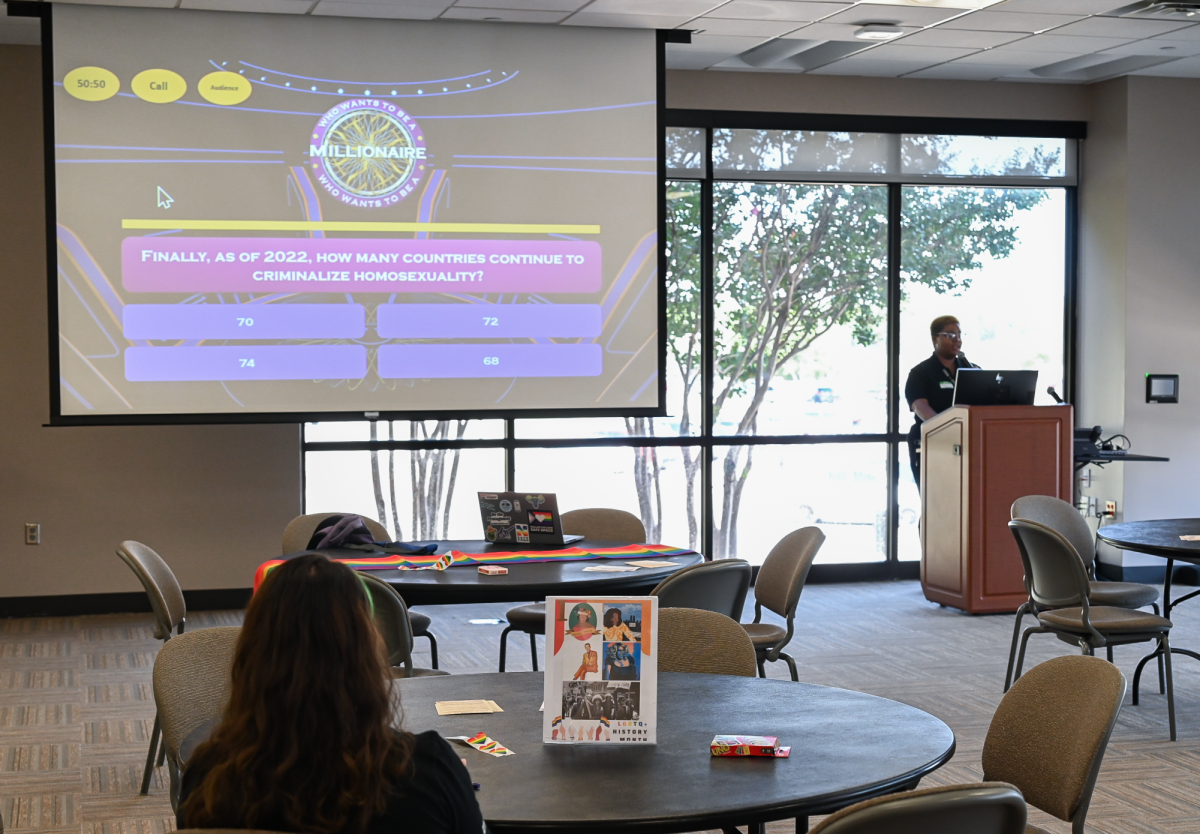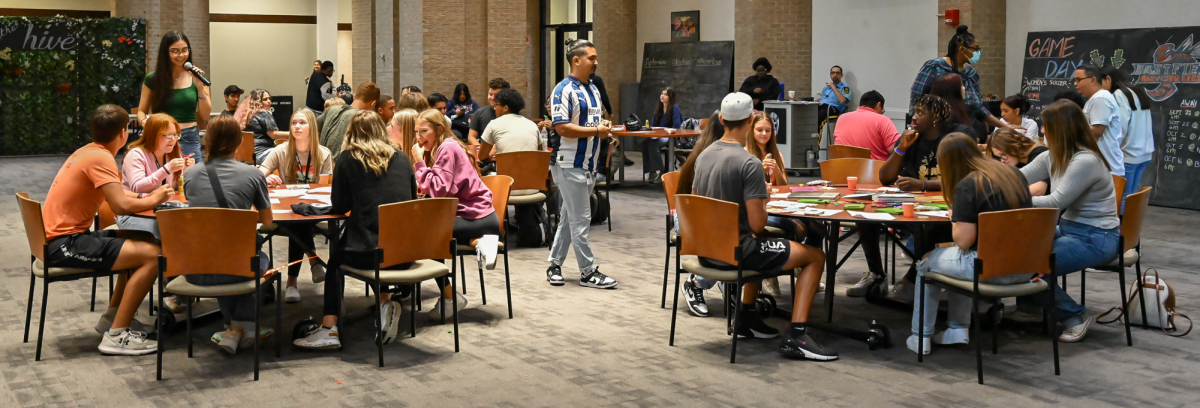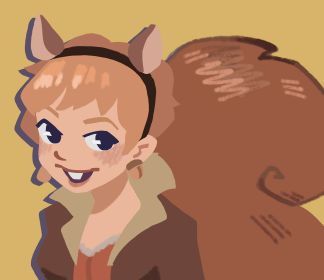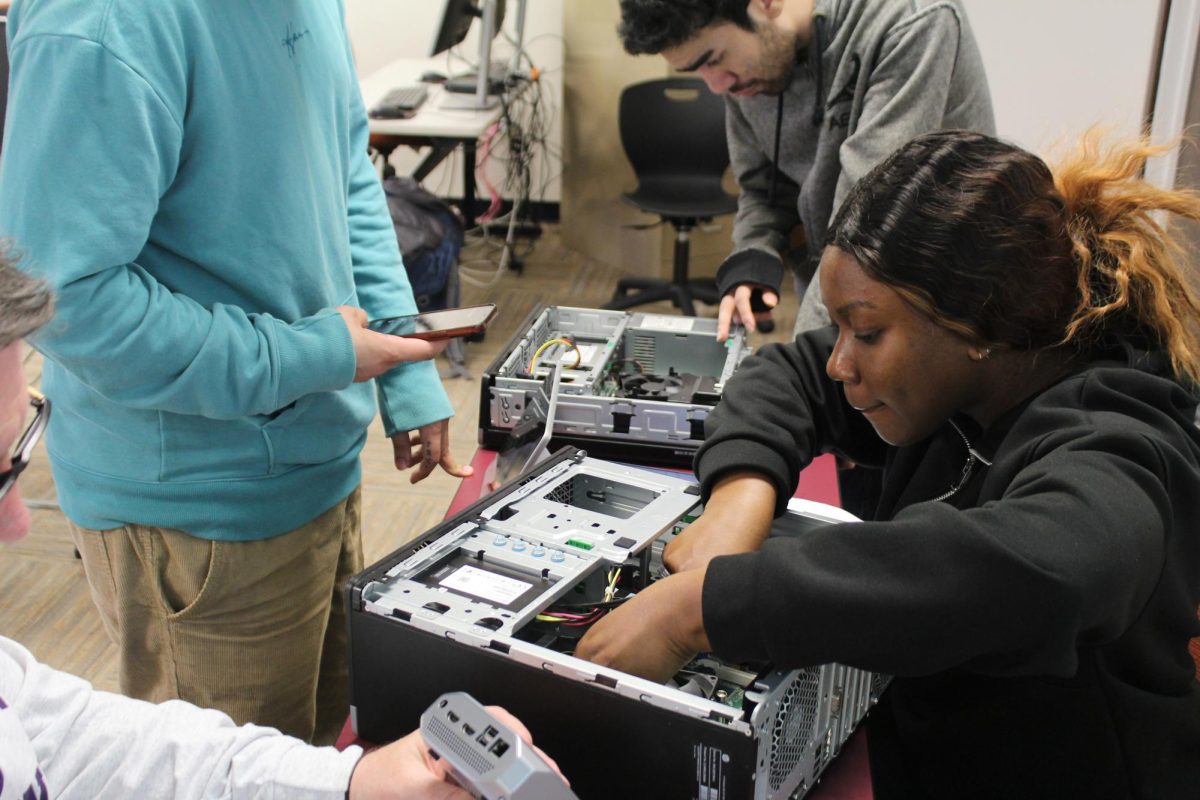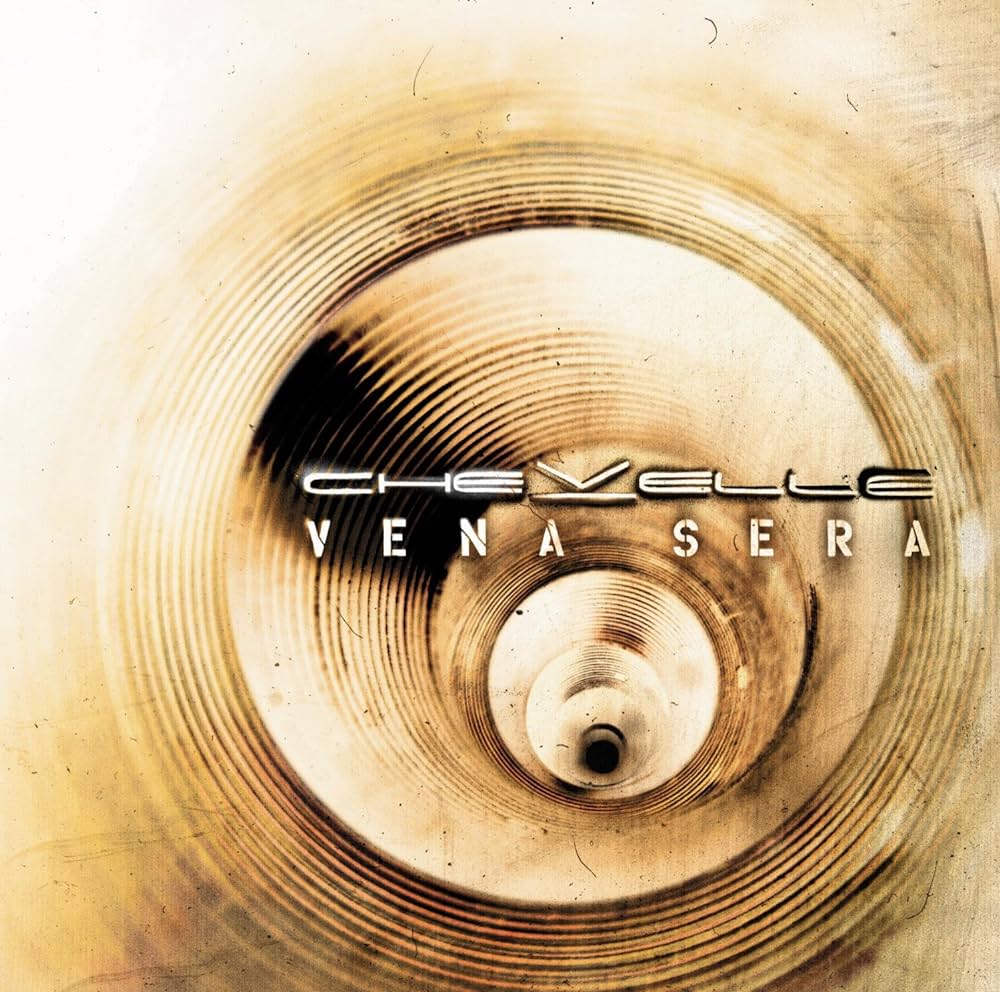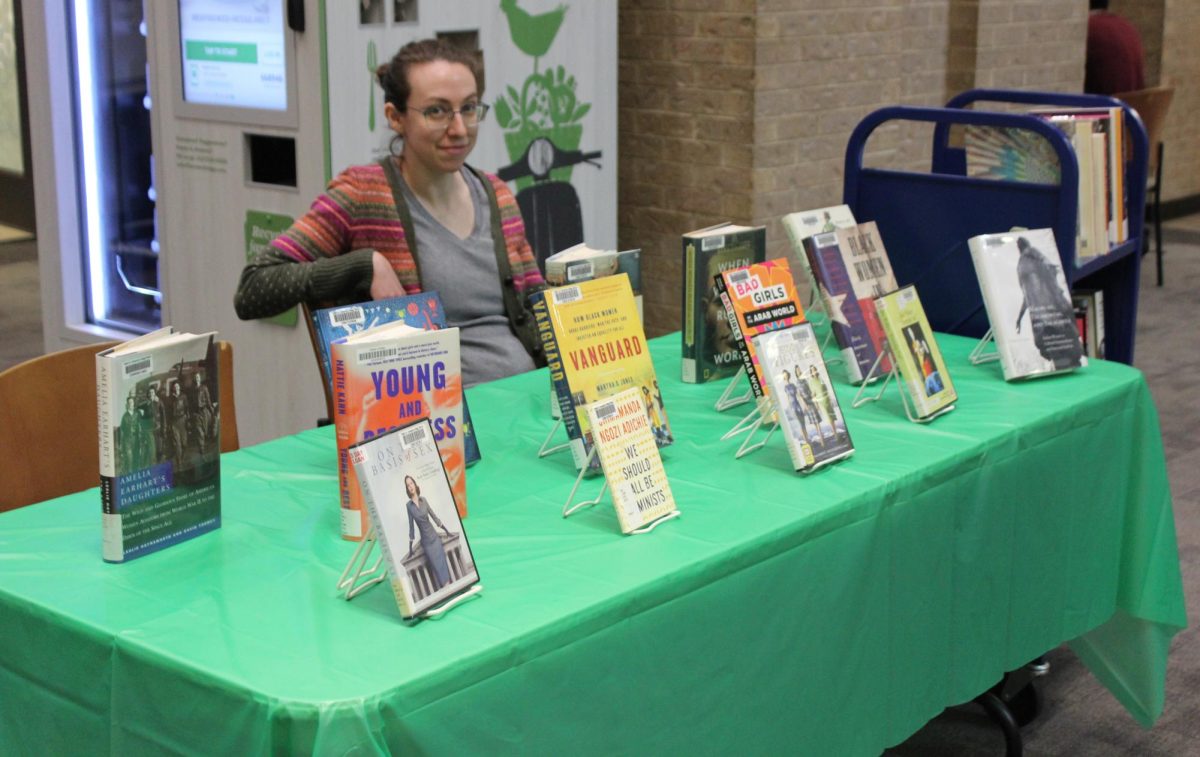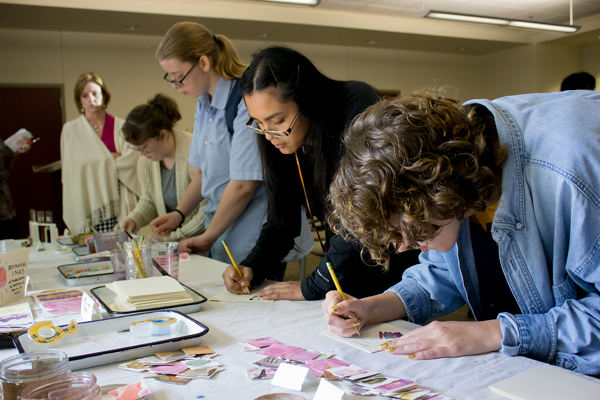
By SAMUEL FARLEY
@TheEtCetera
Utilizing a mixture of botanical material and other natural resources, guest artists Analise Minjarez and Sarita Westrup showed students how to create unique inks and dyes during a Sept. 25th lecture.
Held in room G-101, the lecture gave the artists a chance to showcase the artistic elements and cultural themes behind their collaborative research project named “Tierra Firme.”
Gallery director Iris Bechtol brought the University of North Texas graduates to campus to discuss each artist’s creative process and the influences behind the project.
The purpose of “Tierra Firme,” as stated by the artists, is to create cultural and social understanding while centering on the Mexican-American border region.
Through interviews, teaching workshops and creating work in the border region, each artist intendes to communicate life and culture in their own individual way.
Analise grew up in El Paso, a major border city adjacent to Ciudad Juarez, and understands the blending of traditions in her city.
“I grew up having experiences that were Texan,” said Minjarez. “But they were heavily influenced by Mexico and New Mexico.”
The desert’s various plant life and wide open sky are all natural elements that she uses to make her art.
Westrup grew up in McAllen Texas, which shares the border with a Mexican city named Reynosa.
“I was inspired by the aesthetics of that region, like the desert,” said Westrup. “But more so by my parents’ experiences as immigrants from Mexico.”
One of the pieces that they have created for the project is called “El Norte” and incorporates avocado pits and other natural chemicals to create a pink dye that was applied to a cloth.
“These foods that we grew up with like avocado, black beans, onion skins and hibiscus flowers can all infuse cloth with color that’s apart of our culture,” said Westrup
During the lecture, the artists also took students on a journey with a short video of the pair travelling throughout the border region and exploring rural and urban spaces.
Rural areas like Big Bend national park, which sits directly on the border where the Rio Grande flows as a separation between Texas and Mexico.
They also visited urban cities like Del Rio to get perspectives on the land and people of this region.
They brought their artistic process to Eastfield, demonstrating to students how to create watercolor works with botanical dyes.
Many art majors came out to see the artists and their work.
“I’m really interested to see how graphic design and versatility can be fluid,” Digital Communications major Alyssa Sullivan said. “The art of fibers was very unique and worthwhile to see.”
The lecture was also hosted to correlate with Hispanic Heritage Month.
Bechtol said that the importance of lectures like these are inmeasurable in depicting the reality of those who live in the border and connecting them to students.
“The Hispanic community is a community we serve,” she said. “In today’s world it’s important to have conversations about the border, and the art produced by Tierra Firme helps humanize hispanic communities.”
Pieces from “Tierra Firme” are not up for display on campus, but can be found on their website tierrafirmeproject.org





